SummaryAirport Rating ***** Reception of locals **** Cost: £££££
Getting to KyotoAfter some time in Tokyo, I decided to visit Japan's historical capital and cultural centre, Kyoto. It's one of those cities I've heard so much about, and when I mentioned I'd be visiting Tokyo, almost everybody told me that I should try and find some time to see Kyoto too. So, I did. There are a few ways of travelling between Tokyo and Kyoto, but I had only one goal, and that was to travel on the Bullet Train (Shinkansen). Bullet trains have been ingrained in my memory since childhood and no matter how many photos I saw and how many articles I read, seeing one in real life was incredible. Despite being in service for decades, they still look futuristic. Inside, the trains are large, open, full of light, incredibly spacious and very clean. I took an unreserved ticket, which was fine on the outward journey, but I found myself standing between Kyoto and Nagoya on the return journey. The trip takes around 2.5 hours and trains run every 5-10 minutes. The cost of the ticket depends on the class of service you choose, but I paid £160 for a standard class return. You can also buy a train pass (7, 14, or 21 days) if you are tourist by showing your passport at the train station or buying online beforehand. The tickets are good value for money with a 7-day pass costing about £200, which is great if you want to travel around the country a little more. The ancient capitalKyoto was founded in the 8th century as the capital of Japan, and it served as the imperial capital for over 1,000 years, only losing its status as capital in the mid-19th century as Japan moved to modernisation. Kyoto remains an important cultural hub and is home to many of Japan's most famous temples, shrines, and gardens. Today, the city is a popular tourist destination and a symbol of traditional Japanese culture, while still being the ninth largest city in the country. One of the most important periods in Kyoto's history was the Heian period toward the end of the first millennium AD, which is often referred to as the golden age of Japanese culture. During this time, Kyoto was the home of Japanese art, literature, and religion, as well as many of Japan's most important cultural figures. Another important period in Kyoto's history was the Edo period in the middle of second millennium AD when the city became a centre of commerce and trade. During this time, many of Kyoto's famous temples and gardens were built or renovated, and the city became known for its traditional crafts, such as pottery and textiles. In more recent times, Kyoto has become a symbol of traditional Japanese culture and a bit of throwback, although it is also home to several large industries, concentrated most heavily on electronics, while there is also a vibrant smaller craft industry. Tradition and cultureThere are many things to do in Kyoto but visiting some of its world-famous temples (and there are over 2,ooo of them) is hard to avoid and pretty much made up most of my intinerary. I stayed at a Ryokan, a traditional Japanese Inn. These establishments have been in existence for over 400 years and have become an important part of Japanese hospitality and tourism. The first ryokans were established during the Edo period and were primarily used as rest stops for travelers. The concept of ryokans developed from the traditional Japanese tea houses, which provided travelers with a place to rest and enjoy a cup of tea. Over time, ryokans evolved into full-service inns, offering guests meals and accommodations in addition to tea. One of the defining features of ryokans is their traditional Japanese architecture, and mine had sliding doors, tatami mats, and paper screens. The rooms in a ryokan typically have minimal furnishings and are designed to create a peaceful and relaxing atmosphere. I had to leave my shoes in the entrance way to the room and wear slippers within the room. I was also given a yukata, a traditional Japanese robe, to wear during my stay. I really enjoyed the experience of sleeping on a futon in a relatively small but cozy room and if you get a chance, I'd definitely recommend it. The first temple I visited was a Buddhist Shrine close to the Ryokan, in the Shimogyo Ward. The area is home to the large Kyoto Tower and many modern shops and restaurants near the main train station. It is also home to Higashi Honganji, a temple that is part of the Jodo Shinshu sect and dates back to the early 17th century. The temple is one of the largest wooden structures in the world, with its main hall, called the Goeido, standing at a height of 76 metres. The temple also houses several important cultural artifacts, including a set of sliding doors painted by the famous Japanese artist Kano Eitoku in the 16th century, as well as a collection of ancient sutras and scrolls. The building with no nailsI visited several temples during my time there, but Kiyomizu-dera was probably the most memorable. It is one of the most famous temples in Japan, and it's easy to see why. The walk to the temple from the city centre area isn't too bad - basically follow the horde of tourists and you'll make it there. The history of Kiyomizu-dera dates back to 778, when the temple's founder, Enchin, discovered a waterfall on the site that he believed had healing powers. He built a small temple on the site, and over time, the temple grew in size and importance. The current buildings in the complex date back to the early 17th century, and they are renowned for their intricate carvings and attention to detail. You can still drink water sprouting from one of the springs and I saw a large queue of people waiting to do just that. The temple is set on a hillside overlooking Kyoto, and it offers stunning views of the city. The temple's wooden stage, which juts out from the main hall, is extraordinary, and from certain angles looks like an engineering impossibility - especially when you consider the entire temple is made without the use of nails. The stage is supported by 139 pillars and according to legend, anyone who jumps off the stage and survives will have their wish granted. There are records of over 200 people jumping during the Edo period, with a survival rate of just over 85%. Unsurprisingly. this practice is no longer allowed. In addition to the main hall and stage, Kiyomizu-dera is home to several smaller shrines and buildings. One of the most interesting is Jishu Shrine, which is dedicated to the god of love and matchmaking, and there were hundreds of young couples, many dressed in traditional Japanese clothing, that went to receive blessings. Another highlight of Kiyomizu-dera is its beautiful gardens. The gardens are divided into several sections, each with its own unique features. One section features a pond with a waterfall, while another is home to a grove of cherry trees that bloom in the spring. The gardens are meticulously maintained and offer a peaceful escape from the hustle and bustle of the city. A short walk south of the main site brings you to a burial ground that is covered in hundreds of gravestones which overlook the main city and was a strangely hypnotic experience. Picture perfect KyotoNearby is Yasaka Pagoda, also known as Hokan-Ji and it is a Buddhist temple located in the Higashiyama district of Kyoto, not far from Kiyomizu-dera. The temple is famous for its five-story pagoda, which stands 46 meters tall and is one of the most recognizable landmarks in Kyoto. For many centuries the pagoda was claimed by practitioners of both Buddhism and Shinto, although today it is under the control of Buddhists. Seeing the magnificent pagoda rise from the surrounding streets of Higashiyama is a memorable experience, and I spent a lot of time stopping in the narrow streets and staring in awe. The streets around Kiyomizu-dera and Hokan-ji temples in Kyoto are some of the most picturesque and charming areas in the city. These narrow, winding streets are lined with traditional wooden buildings, many of which have been standing for centuries. Higashiyama is home to many traditional shops, cafes, and restaurants. You can try traditional Kyoto cuisine, such as boiled tofu and matcha sweets (I tried pickled cucumber on a stick!), browse the many crafts stores, or just spend your time admiring the picture perfect scenary. It's basically like a postcard of Japan in a small neighbourhood. Gion and GeishaA short walk from Higashiyama is Gion, and between the two areas is the Yasaka Jinja Shrine, one of the most famous and important Shinto shrines in Kyoto. The shrine dates back to the 7th century and is dedicated to the deity Susanoo-no-Mikoto, who is the god of storms and the sea. The shrine's main hall, known as the Honden, is a designated Important Cultural Property of Japan. The shrine is also home to many other smaller buildings and structures, including a dance stage and a water well. It was a nice place to stop off and look around, particularly the lanterns near the main hall of the shrine. Gion is steeped in history and tradition and is considered one of the most iconic districts in Kyoto. The streets of Gion are narrow, winding, and are lined with traditional wooden buildings that date back centuries. Gion's architecture is a blend of traditional Japanese and Chinese influences. Many of the buildings have sloping roofs, latticed windows, and ornate wooden facades. Some of the buildings date back to the Edo period and have been designated as important cultural properties by the Japanese government. The area's architectural style is known as 'machiya', which refers to traditional wooden townhouses that were once common throughout Japan. One of the highlights of Gion is its geisha culture, which dates back to the 18th century. Geisha are highly skilled entertainers who specialise in traditional arts such as music, dance, and conversation. They are known for their elaborate makeup and hairstyles and are often seen walking through the streets of Gion on their way to teahouses, where they entertain guests with their performances, although I'll be honest I didn't see many during my trip. My favourite part is the area just south of Hanamikohi Street which is a beautifully decorated street full of classy shops. The area, equally stunning during the day or night, is full of narrow passageways filled with teahouses and restaurants. Some of these restaurants specialise in more traditional Japanese cuisine, not only in the way it is cooked, but also in the way it is presented. One restaurant that I visited had hot plates on the table in front of you on which food continued to be cooked long after being served. The temple of 1,001 statuesIf you read my blog posts on Thailand 6 or 7 years ago, you'll remember how quickly I got 'temple fatigue' and it is easy to get that in Kyoto too - especially as you travel between Buddhist and Shinto temples. But looking at the love others have for their faith, represented in art and architecture is such a nice experience. Nowhere is this more apparent than the Sanjusangendo temple. The temple is also known as Rengeo-in and is dedicated to the Buddhist goddess of mercy, Kannon. The temple is known for its impressive collection of 1,001 Kannon statues and the impressive 120-metre-long wooden structure that houses them. The temple was originally built in 1164 by Emperor Go-Shirakawa, but it was destroyed by fire several times over the centuries. The current structure was built in 1266 under the patronage of Emperor Go-Fukakusa. The temple has undergone several renovations over the years, with the most recent renovation taking place in 2015. The structure is over 120 meters long and is made entirely of Japanese cypress. The temple's interior is divided into 33 bays, with each bay containing 30 Kannon statues. The statues are arranged in rows, and each statue is nearly two meters tall. The statues are made of Japanese cypress and are covered in gold leaf. Each statue is unique, with a different facial expression and hand gesture. The statues are arranged in rows, with the largest and most impressive statue, known as the "Senju Kannon," located in the centre of the hall. Next to the Reclining Buddha that I saw in Bangkok, this is one of the most impressive sights that I have seen in Buddhist temples in my life and I'd certainly recommend visiting it if you're in Kyoto - especially as you can't take photos inside, so I can't show you just how cool it is. Midnight climbs and wild boarsEvery temple is a labour of love, but the Fushimi Inari Taisha shrine takes it to another level. The shrine is located on the side of a large hill and is open 24/7 to visitors. I decided to visit just before midnight - which was a questionable decision - but what followed was an incredible 3 hour climb up the hill and back down again. First, a little about the shrine. Fushimi Inari Taisha was founded in 711 CE, making it one of the oldest shrines in Kyoto. It was originally dedicated to the god Inari, who was believed to be the protector of agriculture, and was later associated with commerce and industry. The shrine has been destroyed and rebuilt several times over the centuries, with the current buildings dating back to the early 17th century. The most famous feature of Fushimi Inari Taisha is its thousands of torii gates, which are located on the mountain behind the main shrine building. The gates are made of wood and painted bright orange, and each one is inscribed with the name of a donor who contributed to its construction. It would be trippy during the day, but in the middle of the night with hardly anyone else around, it is something that will stick with me for a long time. The torii gates lead up the mountain in a winding path, and parts of it are pretty steep. There are hundreds of smaller shrines along the way, and paths that lead to many different places of interest. Foxes are an important part of the Inari mythology, and there are several fox statues and images throughout the shrine complex. The foxes are believed to be messengers of Inari and are associated with prosperity and good luck and they are absolutely everywhere. While the majority of the climb is fairly well lit, parts of it get pretty dark, and when I took a wrong turn I found myself in complete darkness, and it was only when I heard the sound of a stream that I realised I was standing on the ledge of a mountainside close to slipping in. I walked back and felt pretty stupid when I saw a sign saying 'do not enter' that I must have missed. At other points, just being on a mountainside in the middle of the night, on your own, is slightly unnerving. The lights bounce onto the path from all angles, creating strange shapes, but that in itself is a great experience. A little bit of trepidation is always exciting. There are stop-off points along the way, with the best views coming from about two-thirds of the way up the mountain. The top of the mountain is a shrine, not too dissimilar to the many other shrines along the way to the top. For me, Fushimi Inari Taisha is as much about the journey as it is about the destination. On the return journey I heard a few shuffles to the side of the path and saw a small herd of wild boars, while they curiously ate around the path for a little while, when I shone my torch to get a better view, they quickly retreated to the darker parts of the mountain away from the main path. I really enjoyed my trip to Fushimi Inari Taisha. I'd recommend going either very early or very late, and while a midnight climb can be slightly daunting, I really enjoyed myself. There might be times when you want to give up and return, but it is worth persevering and seeing the whole thing. Pigs and marketsIt isn't all temples as Kyoto manages to mix a long and storied history while very much being a modern city. One of my favourite parts of the city is the area around Nishiki Market. The market, also known as Kyoto's Kitchen, is a popular food market located in central Kyoto. It has been a hub for local food and culture since the early 1300s and is known for its wide variety of food stalls and traditional Japanese products. Over time, the market grew from a wholesale fish market to include other types of food stalls and eventually became the bustling market it is today. The market has undergone several renovations over the years, and today it is a large complex made up of narrow passageways (at times, very narrow and very crowded). The market is home to over 100 stalls, each with its own unique products and specialties. Some of the most popular stalls include Konnamonja, which sells freshly made tofu, and Aritsugu, a knife shop that has been in business for over 400 years. Other popular stalls include Tatsuno, which sells dried fish and other seafood products, and Kyo Sendo, which offers a wide variety of pickled vegetables. I paid a visit to a micro pig cafe, where you get 30 minutes to chill out in a space with a whole bunch of micro pigs. At £10 for 30 minutes, it isn't cheap, but it's definitely a unique experience and you do get tea included in that price. I learned a few things during my time there, micro pigs aren't cuddly, their teeth can scratch, and they love to dribble. But it was still an interesting experience to have, especially when you have 10 micro pigs climbing all over you. Would I recommend visiting Kyoto?I really enjoyed Kyoto, and I understand the hype. The city is a great combination of traditional and modernity. If I had a few more days I might have gone to the observation deck of Kyoto tower, and perhaps explored the suburbs a bit and visited Kinkaku-Ji, a gold leaf covered temple in the north. That being said, the parts of Kyoto that I saw were beautiful, and the journey from Tokyo was comfortable and straightforward. As a Sikh I didn't experience any issues, but it is always worth remembering that no matter how much we tend to romanticise Japanese culture, there is an insularity and xenophobia that does permeate the country. It is fine being a tourist, but an immigrant is something completely different. There are no Gurdwaras in, or near, the city, with the closest being in Kobe, a city about half an hour on train. On the plus side there is a whole bunch of culture, traditions and beautiful temples. Some of the architecture, streets and landscapes seem so beautiful that I was questioning my reality at times. It's very easy to get around, and walking can get you to many of the famous landmarks. On the negative side, things aren't cheap, and if you're a vegetarian, it is likely to be slightly harder to find places to eat. As for Kyoto more broadly - if you're in the country, you should definitely visit, it's certainly been one of my favourite cities that I have visited. Comments are closed.
|
AuthorBritish Sikh, born in the Midlands, based in London, travelling the world seeing new cultures. Categories
All
|
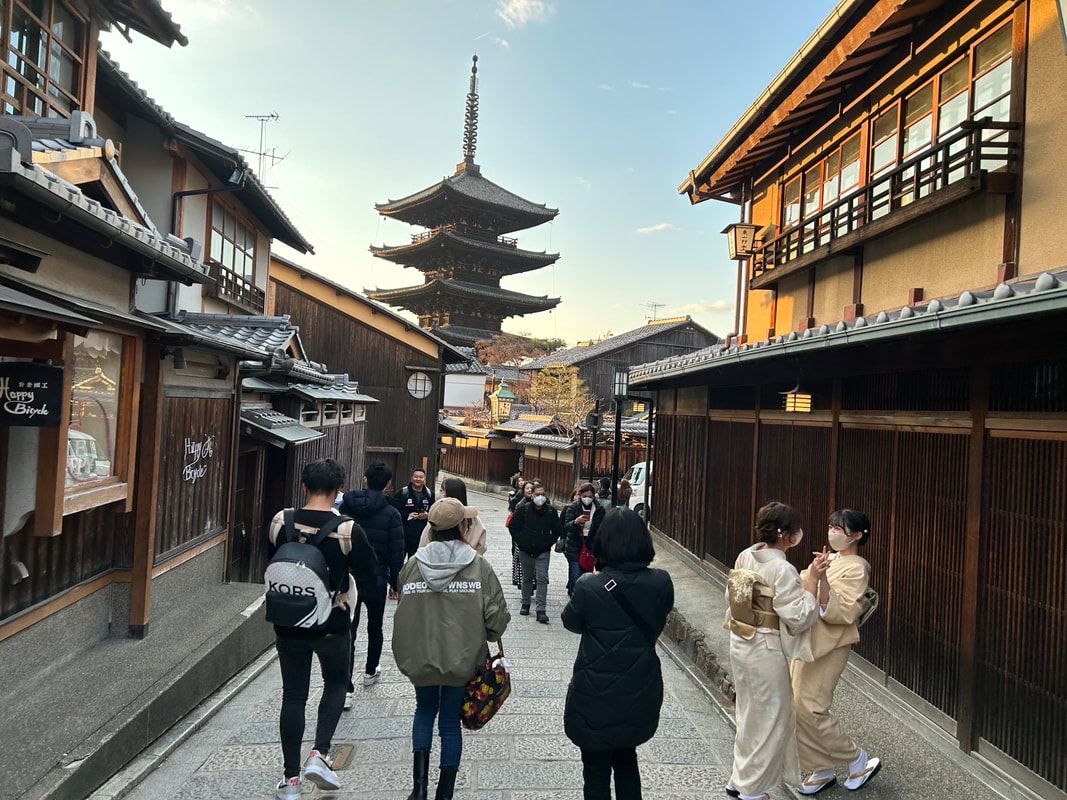



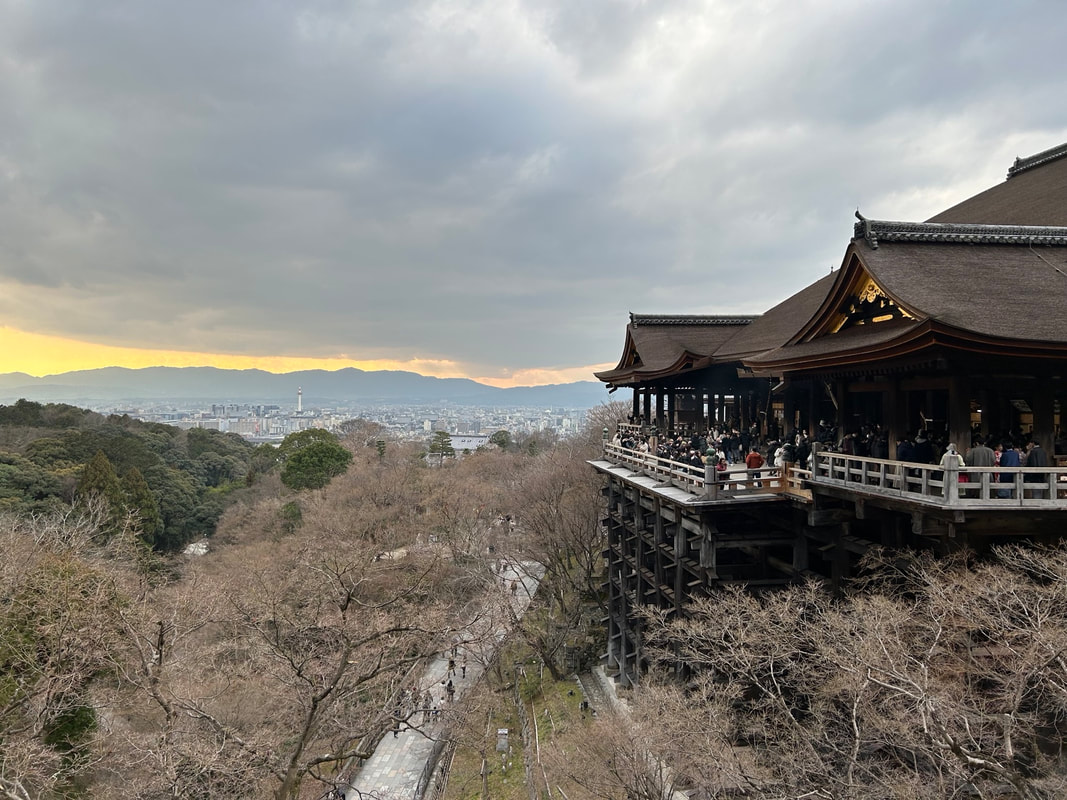
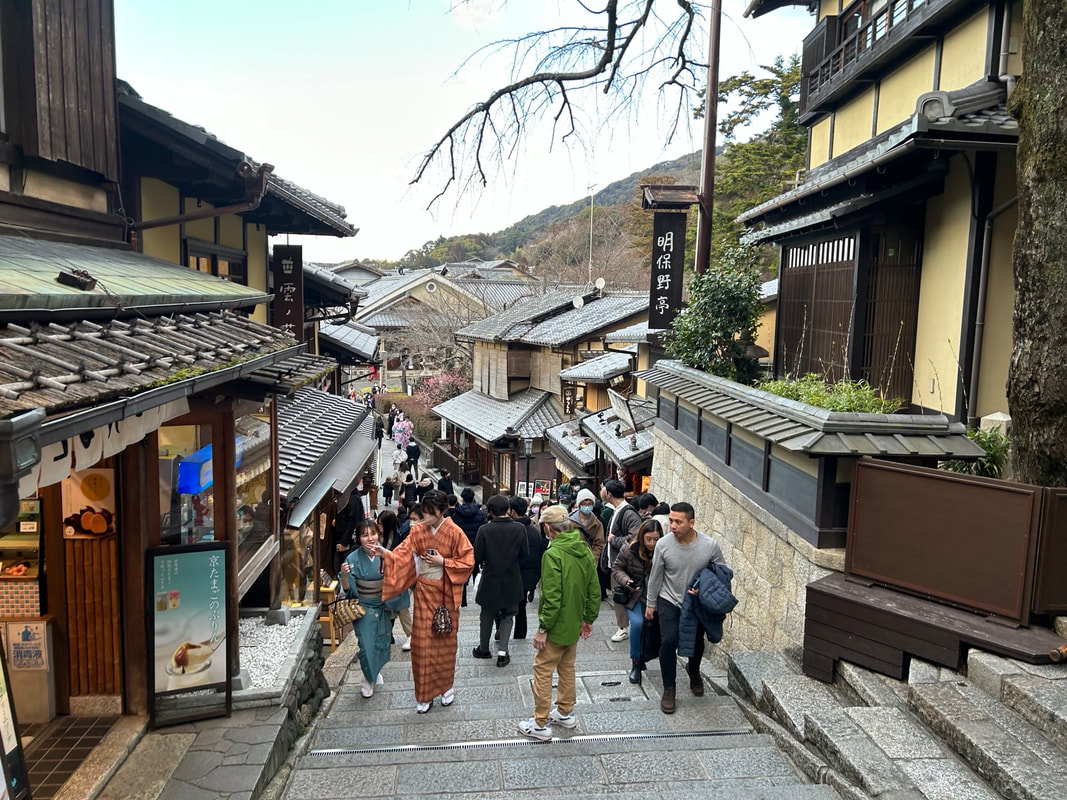
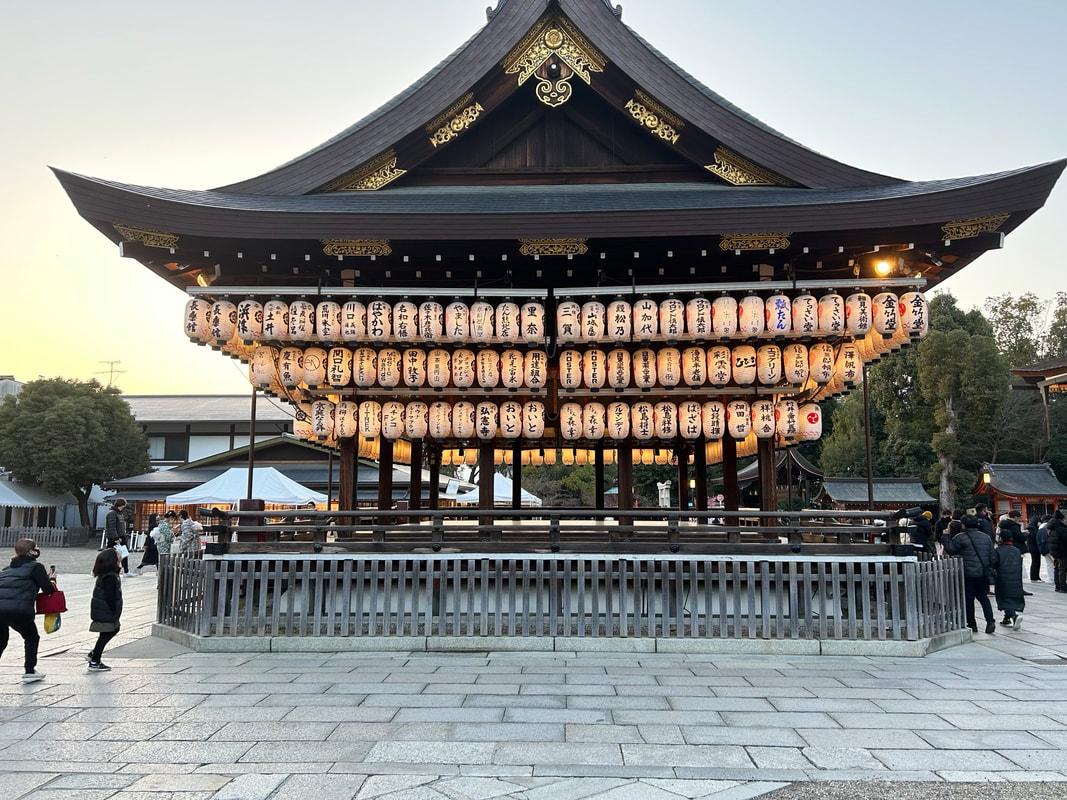
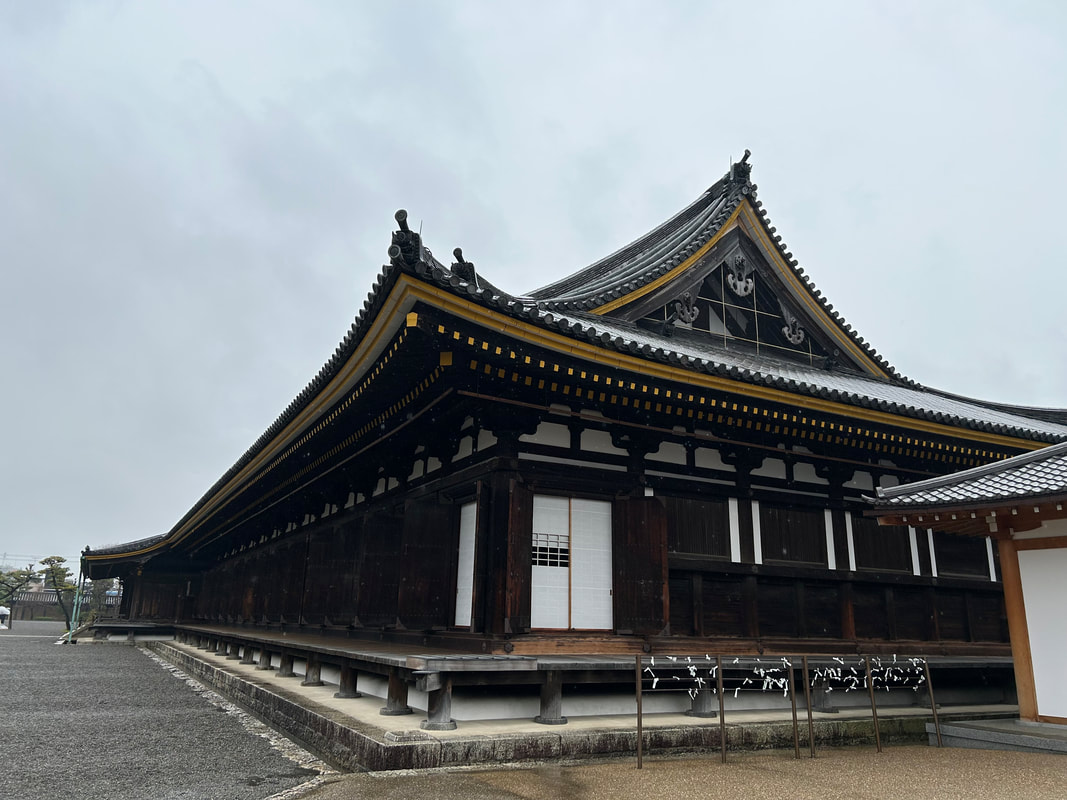

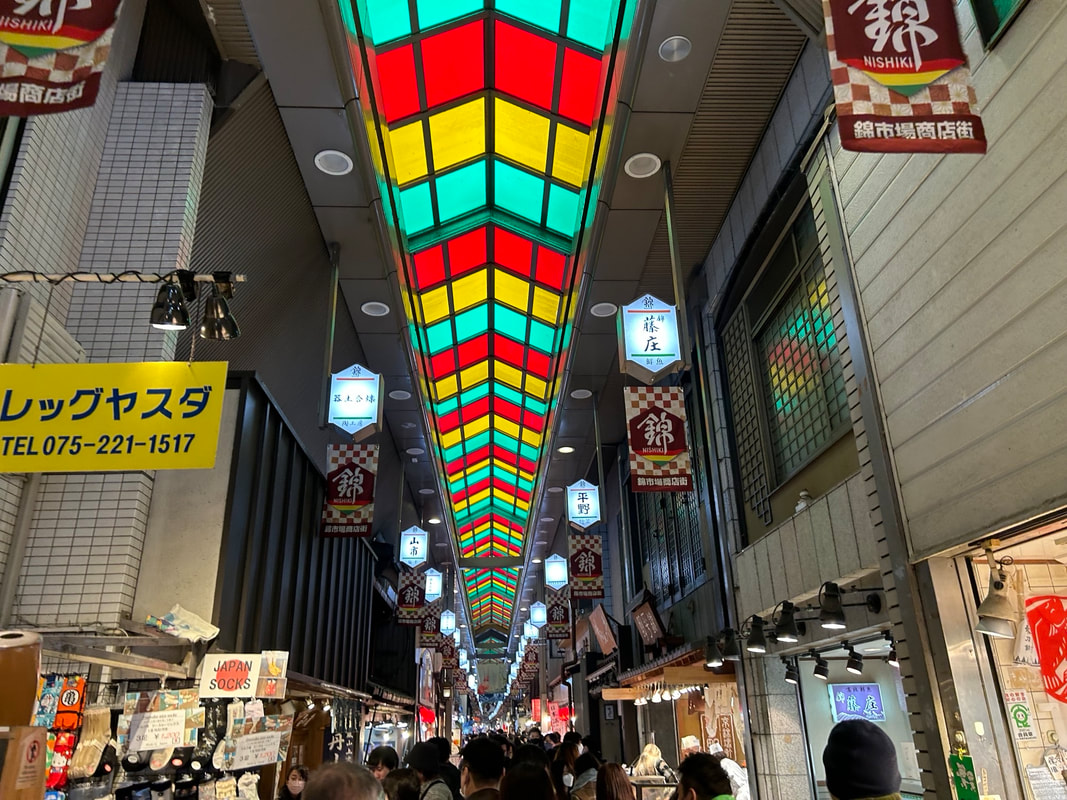


 RSS Feed
RSS Feed